Improving the conversion rate of a marketing campaign can make it so that you achieve better results with the same amount of traffic.
When it relates to paid traffic campaigns, making an improvement on your conversions can often feel like free money.
After all, once your conversions rise, you can make more money, while keeping your ad spending about the same.
If you want to improve the conversion rate of your ad campaigns, you’ll need to take a multi-faceted approach.
Though there will always be a few big wins that you can benefit from, if you want to consistently improve conversions over time, there are a few consistent actions that you’ll need to adopt. None of which should especially require a dramatic change in ad spending.
In this post, we’re going to focus on what those actions are. We’ll explore how you can optimize each part of a paid traffic campaign, so that you can improve overall conversions.
By the end of this post, you’ll have the knowledge needed to drive more profit from your digital advertising campaigns, without having to increase your ad spending.
Let’s begin!
Change your conversion process
Changing the process people go through before they become a ‘converted’ customer can massively impact your ability to get more out of your ad spend.
There are two points of view we’re going to tackle here – one for those selling through an ecommerce store and one for those selling through the use of content (I.E webinars and autoresponders).
For those selling via content, there are a couple of things that can be done, in order to improve conversions.
The first is to pick a different method of converting people into customers.
If you’re currently using an autoresponder sequence, you might want to consider the prospect of using webinars instead.
I’ve used webinars and have found that their conversion rates are incredibly high, when compared to other forms of marketing.
In fact, there’s data to suggest that 20-40% of webinar attendees turn into qualified leads.
If you’re already running webinars, but find that they’re are not converting highly, take a moment to review the content of the webinar.
Is it as good as it could be?
More specifically – is it based on something that people really want to learn about?
Maybe it’s time to take another look at your target audience and do some more research on their fears and desires.
Of course, if you don’t want to use webinars, that’s fine.
What you’ll need to do, instead, is to take a look at your existing conversion process and find out what can be done – for many their conversion process involves the use of an autoresponder sequence.
If you’re using an autoresponder sequence, you might want to experiment with changing your subject lines.
After all, 33% of people open emails based on the subject lines alone.
Better subject lines can lead to more people opening your emails, and, if more people are opening your emails, more people will be exposed to your offers.
You’ll want to experiment with the words that you use in a subject line. For example, the word, ‘free’ is known to boost open rates by 10%, but the word, ‘newsletter’ cuts open rates by 18.7%.
Additionally, you might want to send more ‘trust and relationship building emails’ in your autoresponder sequence, before you ask for a sale.
This will increase the odds of people seeing you as a trusted authority and hence will make them more willing to engage with any of your offers.
A lot of the time, you’ll be able to consult your autoresponder data to figure out what steps you need to be taking.
For example, if you find that open rates are high, but click-through rates are low, you need to do a better job at writing your ‘calls-to-action.’
That’s because people are opening emails, but don’t feel compelled to click.
If you find that click-through rates are high, but open rates are low, it means that your subject lines aren’t that good, but your actual emails, themselves, are doing a good job at persuading people to click.
If you find that both click-through rates are low and open rates are low, you might need to look, ‘higher up in the chain.’
Maybe it’s the case that your giveaway isn’t that good, so people don’t really look forward to, or don’t’ feel inclined to open your emails.
It could even be that your ad targeting needs some work, to ensure that you’re attracting only those interested in your subject matter onto your landing page and, therefore, onto your list.
For those who are running an ecommerce store, changing the checkout process can help improve conversions.
Experiment with changing how many checkout pages you have. A single checkout page has been known to boost conversions by 21.8%. Though, there’s data to support multiple checkout pages, too – so it’s important to try both.
You might also want to remove the need for people to register before they buy something from you. One study found 30% of users abandon their cart when asked to register first.
Adding social media proof, in the way of reviews, can also increase the proportion of people who buy after having seen a product page.
Better product images can also help improve conversions.
You may even want to experiment with ‘free shipping.’ The lack of free shipping is one of the main reasons people tend to abandon carts.
There are many reasons people abandon carts – some of which can be found below.
It is your job to tackle each issue, so that you can eventually make large gains in conversions.
Better match your ad creatives to your target audience
What we’re going to focus on here, is getting the right people to click on your ads, by making your ad creatives more specific.
If you can ‘call out’ your target audience from within your ad creative, you’ll be able to reduce the number of irrelevant clicks.
And, if more of the right people are clicking on your ads, then conversion rates will rise.
For example – imagine you run an ad that is related to SEO training and your creative simply supports SEO training. Your offering, however, is actually related to SEO training for beginners.
People who are experienced in SEO might still click on the ad, because they think the SEO training will benefit them.
However, when they reach the landing page, they’ll realize that the offering relates to SEO training for beginners, and hence will probably click on the back button.
If, however, you explicitly state, in your ad creative, that the offering relates to SEO for beginners, you’ll increase the odds of people knowing what they’re clicking on in the first place – reducing wasted clicks.
Notice how the ad states that it is great for beginners. Now while it could do a better job at making this clearer, it does help to illustrate the earlier point.
Improve ad targeting
Another step you can take is to improve the targeting of your ads.
This might sound obvious to a lot of you.
But, are you actually taking advantage of all of the features that allow for you to better target your ad campaigns and not just doing the minimum required?
For example, if you’re running ad campaigns on Facebook, there are a number of things that you can do to better target your ads.
One is to make use of the Facebook Audience Insights feature.
With the help of this tool, you can find out more about your target audience.
This will allow you to refine your targeting on social media and also find new ways to get in front of your target market – possibly unearthing ways that your competitors might not have even considered!
You can also make use of the Lookalike Audience feature.
This is a feature where you let Facebook take care of all of the targeting for you.
All you have to do is tell Facebook what social media audience you want it to use as ‘inspiration’ and Facebook will use its own data to formulate a similar audience that you can target with your ads.
Such an audience might include people who’ve bought something from your site or those who’ve provided you with an email address. It could also include people who’ve consumed certain types of content on your site, or shared them on social media.
If you’re running marketing campaigns on AdWords, there will be different things that you need to do, in order to improve targeting in a way that won’t cheapen an overall user experience.
For example, you can pick keywords that embody commercial (otherwise known as transactional) intent.
Of course, this all depends on the outcome you’re after.
If you want people to buy from you, then sure, commercial intent keywords are better. If you want people to download an eBook or a White Paper, however, the keywords which represent ‘informational intent’ are often better to target.
Additionally, you can pick better website placements. Figure out where your ideal customers spend their time. Then, run display digital advertising campaigns on these sites.
If you’re running ads on both platforms, there are some adjustments that you can apply either way.
You can take a look at what locations and times are producing your highest conversion rates. You can use that data to increase your bids around those times, ensuring that you can take advantage of the higher conversions, by getting your ads in front of more people.
It also works the other way around, in the sense that you can stop running ads during times and in locations where your conversions, for whatever reason, nosedive.
If you want to find that information out in Facebook or AdWords, it helps to have a conversion pixel installed ahead of time, so that you can track conversions. Each platform will require that you install a different pixel.
In any case, you can find this information in Facebook by clicking on the ‘Breakdown’ column and selecting the data that you want displayed.
I’ve picked ‘location’ and so I can see the location data for my digital advertising campaigns and how each location is performing.
Before you do this, it’s important that you’ve set the right columns to display.
There are some preset columns available, though you can also choose to ‘customize’ your columns.
Customizing your columns is important, as doing so will help you identify other things that influence conversion rates, such as the devices that drive the best conversions.
On AdWords, you can sift through similar types of data, by clicking on the ‘Settings’ tab.
You can then go through the location, time and device data for your digital advertising campaigns.
It’s worth mentioning that you can also run retargeting marketing campaigns on each of these platforms, in order to get your ads in front of people who are likely to convert.
If done properly, you should see a higher return on investment with your retargeting digital advertising campaigns, as compared to ad campaigns aimed at converting ‘cold leads.’
Optimize your landing page
You probably already know the basics of creating a landing page. If you don’t, you can read this and this.
What most people tend to ignore, though, is split testing their landing page.
What people ignore even more, however, is the need to make drastic changes when split testing a landing page.
While it is true that changes to a headline can result in statistically significant changes to a conversion rate, the increases are often small.
So, before you begin making small incremental changes to the landing page you have currently, make some big changes in order to truly understand how they impact on user experience and conversions.
I managed to triple the conversion rate on my contact page, by changing the page to an infographic – which is a pretty drastic change and subsequent upturn in results.
I also found that the CrazyEgg page below, performed 30% better when the drastic change was made to turn it into a longform page.
Such upturns in results are hard to achieve with small changes.
However – once you make a drastic change and you find that your conversions have changed dramatically, you can then go about tinkering with the winning landing page to find a higher performing version.
You can use a tool, like Optimizely, to improve the conversions on your landing page.
If you’re wondering what changes you can make to an existing landing page while split testing it, consider the following –
- Add an explainer video
- Add social proof in the form of testimonials (experiment with video/text)
- Add trust badges
- Add/Remove opt in fields
- Changing around images
- Use different colors
- Experiment with longform/shortform
On a slightly unrelated note, it is always important to make sure that your landing pages are in alignment with all of your other marketing messaging.
In other words, your landing page must relate to the action the user just took – before they got to the landing page. Thus ensuring for a satisfying user experience.
The guys who managed the marketing for the Obama administration found that they could improve conversions by 21%, maintaining a match in the messaging between pages.
This happens because, by maintaining a level of coherence, there is a reduced level of confusion on what action needs to be taken. It also helps to build trust, by making it clearer that you’re providing what was promised.
Conclusion
Improving conversions for a PPC digital advertising campaign is something that requires for you to take a multi-faceted approach. You don’t just optimize landing pages – you optimize ads, too.
You also need to be willing to experiment, if you want to get the best results. Sometimes, the most common thing to do, isn’t the best thing to do. Making small changes to landing pages is a good case in point.
A lot of this comes down to knowing your target audience. If you know who you’re trying to convince, you can write better copy on your landing page. Knowing your target audience to a high level also allows you to target your ads with increase accuracy.
Don’t let your ad campaigns continue to bring you average results. Experiment with what has been covered and see what kind of improved results you can bring about.
Do you have anything you can share when it comes to improving conversions without increasing ad spend? Let me know below!

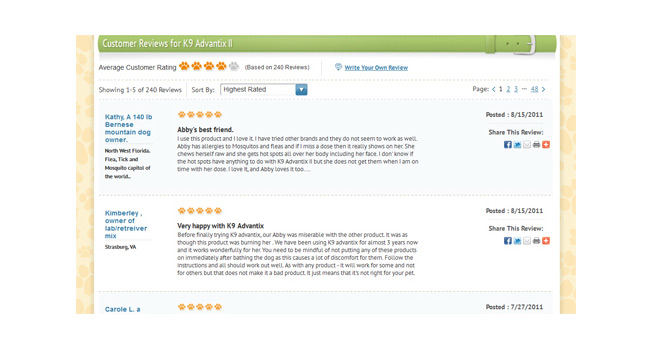
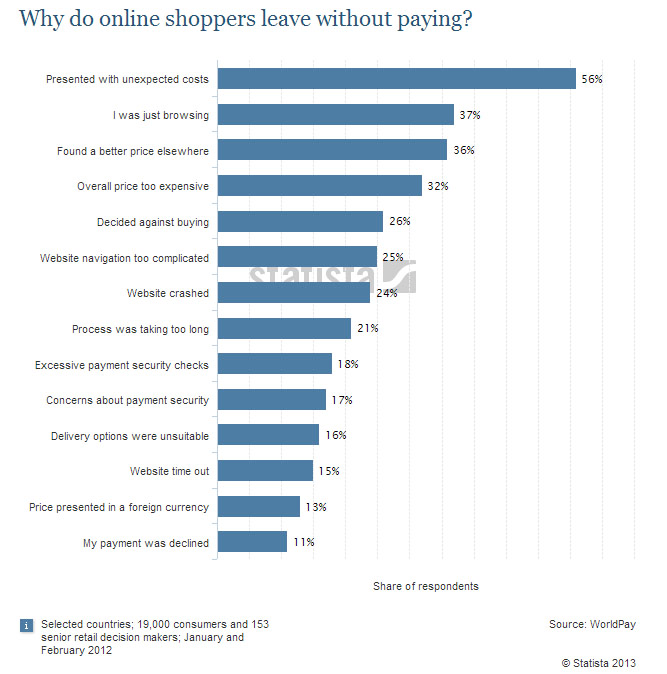
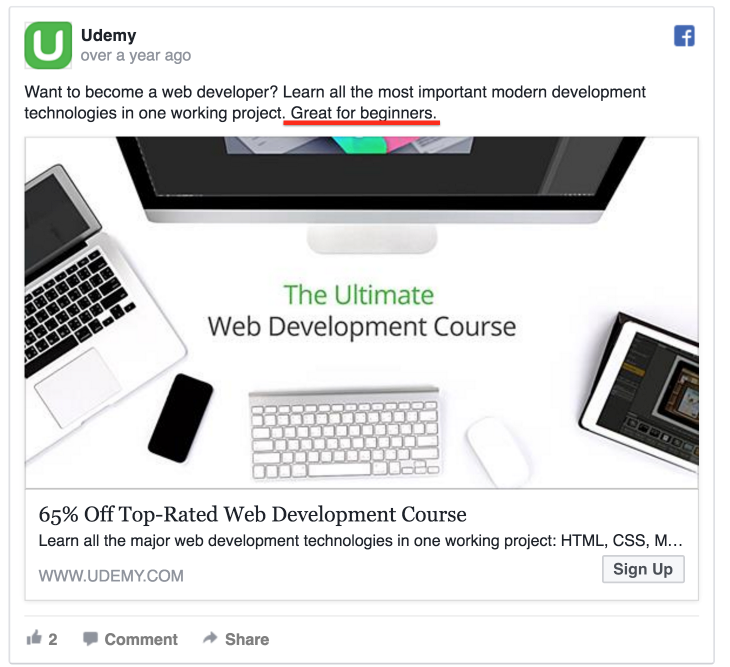
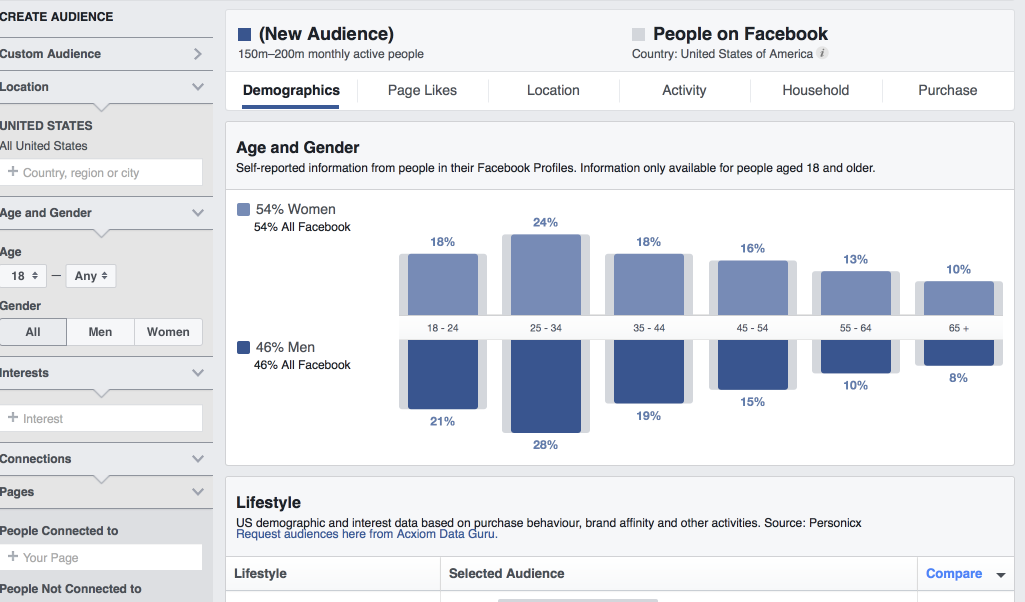
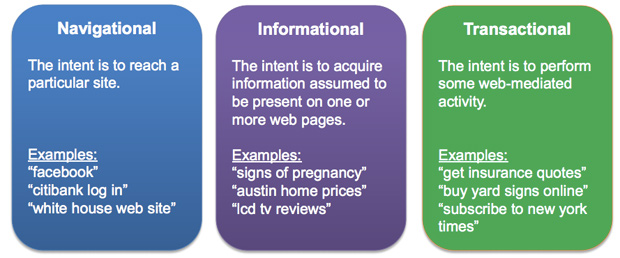
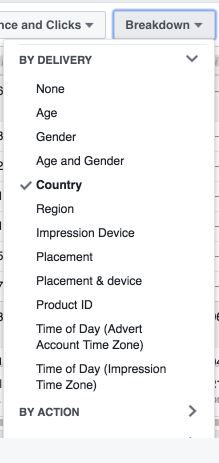

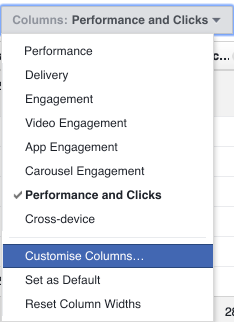
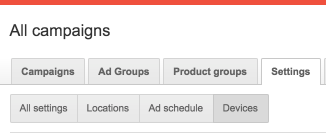
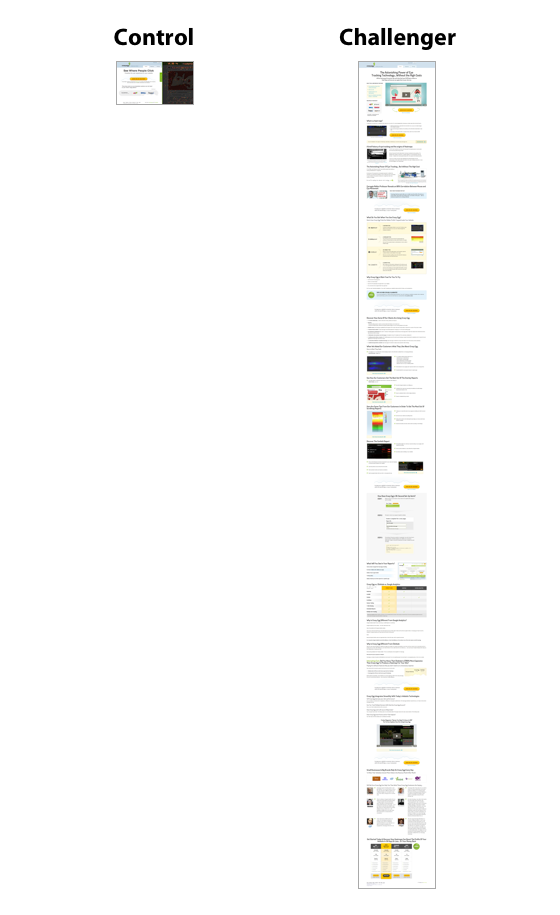
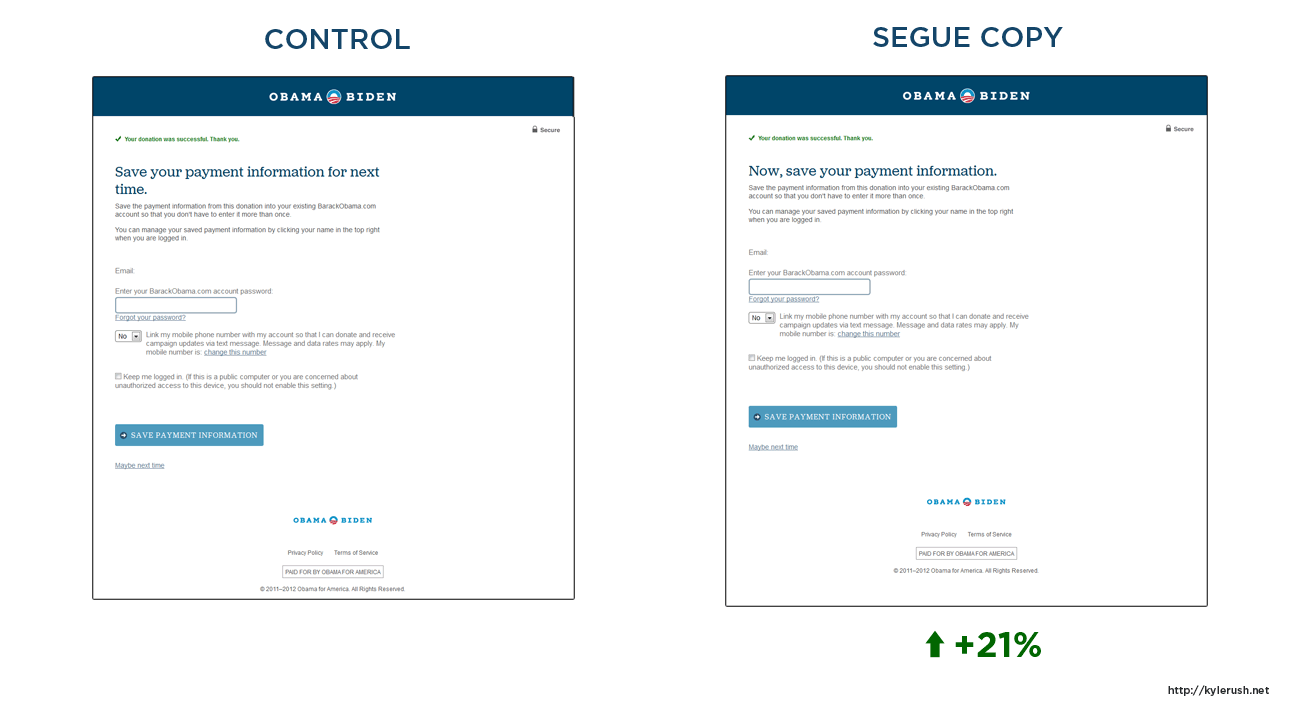
Comments (12)